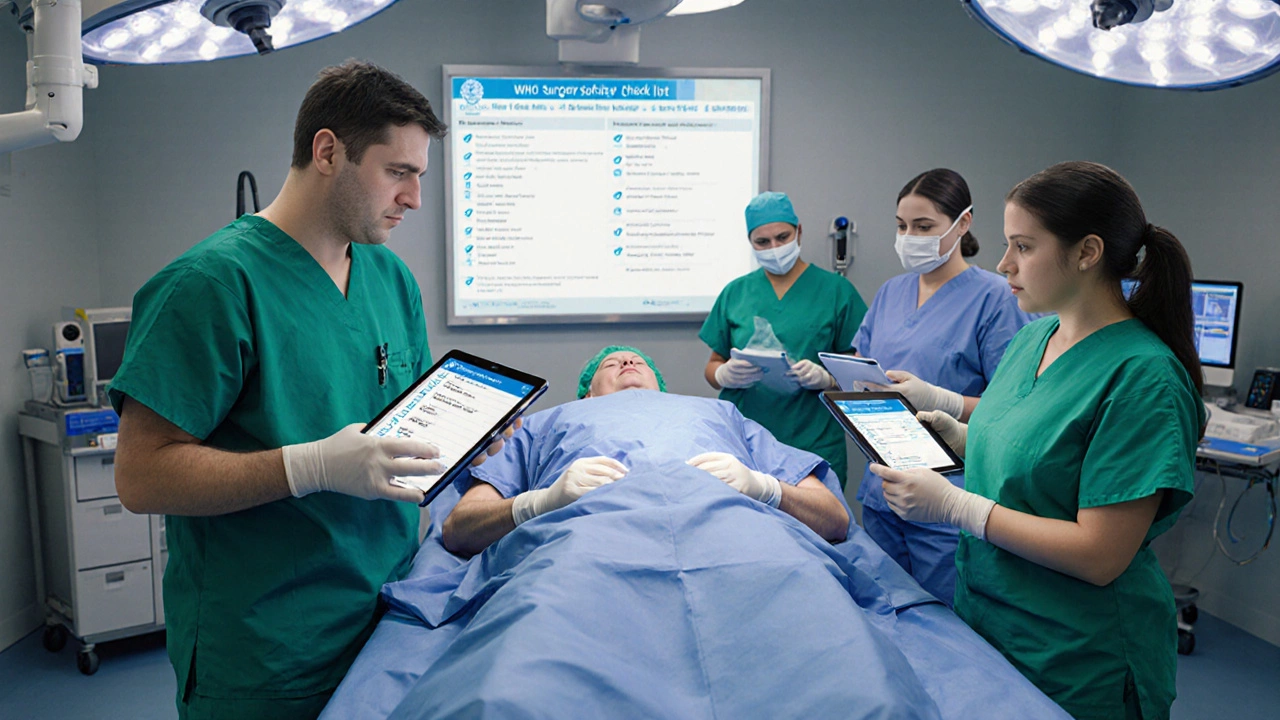Patient Safety in Physiotherapy: What You Need to Know
When you're recovering from an injury, surgery, or chronic pain, patient safety, the practice of preventing harm during medical and rehabilitative care. It's not just about avoiding mistakes—it's about building trust so you can focus on getting stronger. In physiotherapy, safety isn't a checkbox. It's the quiet background hum of every session: the right pressure, the correct movement, the clear communication between you and your therapist. If something doesn't feel right, it shouldn't be ignored. That’s not being difficult—it’s being smart.
rehabilitation safety, the system of protocols and awareness that keeps recovery on track without causing new harm depends on two things: your voice and your therapist’s experience. Too much force during a massage? That’s not deep tissue—it’s tissue damage. A stretch pushed too far after knee surgery? That’s not progress—it’s a setback. These aren’t rare cases. They happen when communication breaks down or when routines replace observation. At Revive Physiotherapy India, we’ve seen patients recover faster when they ask, "Why are we doing this?" and when therapists listen—not just to the body, but to the person inside it.
injury prevention, the proactive step of stopping harm before it starts during therapy is built into every plan. It’s why we don’t push someone with a recent heart surgery into high-intensity moves. It’s why we check for swelling before a deep joint mobilization. It’s why we ask about medications like metformin or supplements like Ashwagandha—because what you take affects how your body responds to touch, movement, and pressure. Even something as simple as how you sit on the treatment table matters. Poor positioning can strain your spine. Rushed transitions can cause dizziness. These aren’t accidents—they’re preventable.
You don’t need to be an expert to protect yourself. You just need to know what to watch for: pain that doesn’t fade, numbness that lingers, dizziness after a session, or a therapist who dismisses your concerns. If your treatment feels more like a checklist than a conversation, it’s time to speak up. The best physiotherapy doesn’t just fix what’s broken—it keeps you safe while doing it.
Below, you’ll find real stories and practical advice from people who’ve been through recovery—some smooth, some rocky—and what they learned about staying safe along the way. Whether you’re recovering from open-heart surgery, dealing with knee replacement pain, or just trying to move better without getting hurt, these posts give you the tools to ask the right questions and recognize when something’s off.
-
16
Learn why the surgical safety checklist is the number one rule of surgery, how it safeguards orthopedic patients, and practical steps to implement it effectively.
